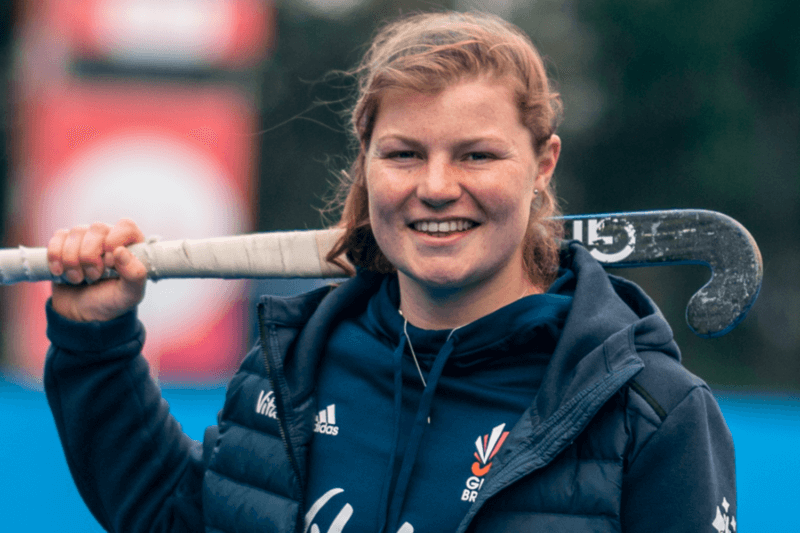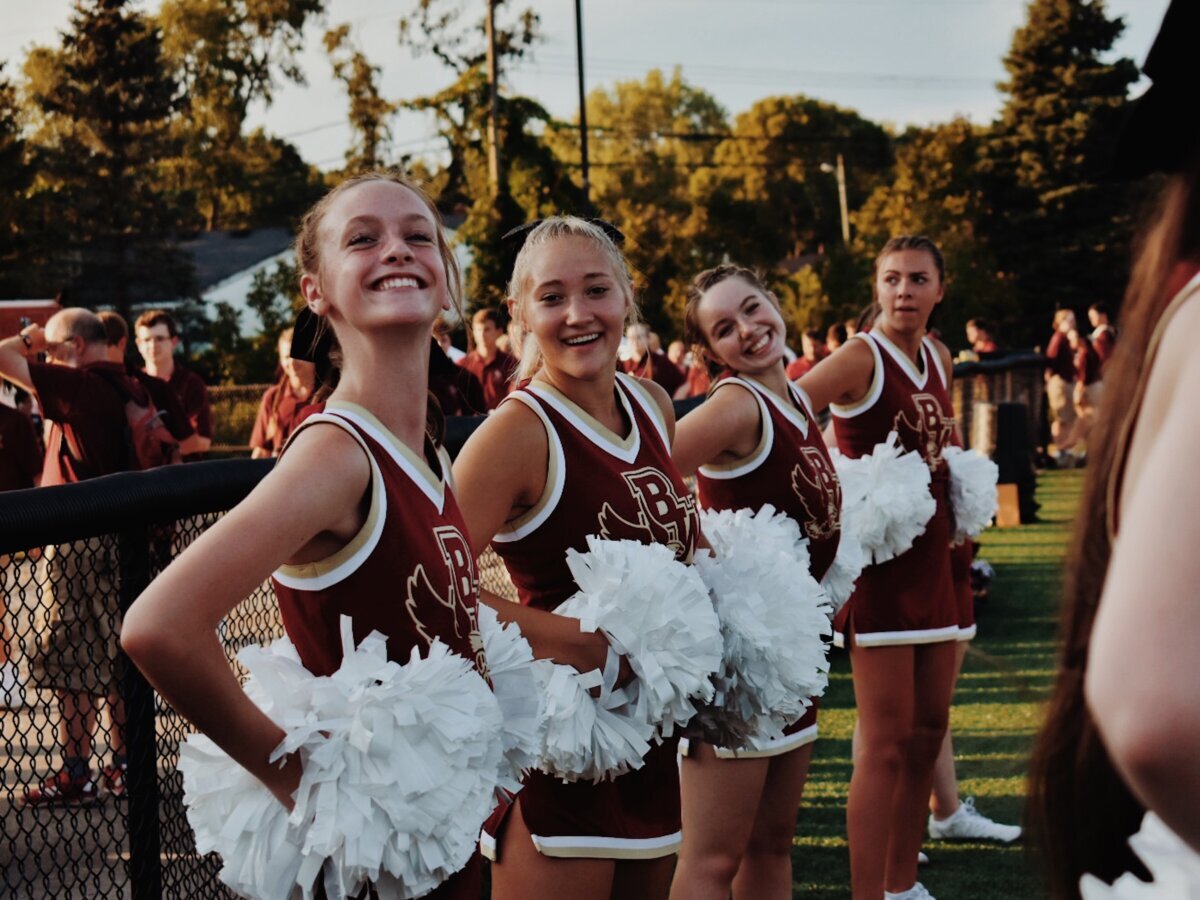DURHAM, United Kingdom — What’s the number one reason why teenage girls drop out of team sports? England Hockey star Tess Howard says it’s because of skimpy uniforms. The study, which surveyed women across the U.K. 18 and over, found that 70 percent reported incidents of girls quitting sports at school due to concerns related to clothing and body image.
“No person should be put off participating in any sport based purely on what the uniform requires them to wear. We must put the purpose of sport first and enable individuals to enjoy being active for all the clear benefits,” Howard says in a media release.
Howard, a forward for East Grinstead Hockey Club, who secured England’s first-ever Commonwealth Games gold medal, conducted this research during her studies at Durham University and has already sparked changes in women’s domestic hockey matches, eliminating the requirement for skirts.
Through extensive surveys and interviews, Howard demonstrates the detrimental effects of uniforms on participation and enjoyment of sports. The alarming findings shed light on the number of girls being discouraged from sports due to uniform-related issues.

What did the study reveal?
- Many women felt sexualized by what they are being forced to wear in sport, contributing to the internalization of the unattainable “feminine body ideal.”
- Gendered uniforms “influence the development of a fear of ‘masculinization’ and ‘butch/lesbian’ perceptions in sport, and signal the ways uniform can contribute to harmful athletic-feminine identity tensions in teenage girls.”
- Gender-split uniforms create behavioral gender role stereotypes, and “undoing cis-normative clothing practices could foster a more inclusive space for all,” especially gender-diverse students.
- Creating choice is also about supporting physical sporting performance.
How did respondents feel when having to wear gendered uniforms?
“My friends with larger breasts tended to stop playing sports due to the style of our tops,” one respondent says.
“From Year 7-9, girls in my PE classes felt uncomfortable in the fit of some kit and their self-confidence decreased if they perceived to not have the ‘ideal female body’,” another teenager writes.
“I felt watched when playing sports with boys and felt uncomfortable wearing clothes that showed off my figure,” a third respondent explains.
What’s the history behind gendered uniforms?
The historical legacy of gendered and sexualized uniforms dates back to Victorian times when women and girls had to conform to societal expectations of femininity in the male-dominated world of sports. These notions persist today and affect the perception of women’s sports from a young age, placing undue focus on appearance rather than athletic abilities.
Early successes in instigating change within hockey have inspired Howard to launch Inclusive Sportswear CIC, a community interest company dedicated to developing inclusive sportswear policies and guidance for schools, clubs, sports organizations, and brands. Through partnerships with organizations like Youth Sport Trust and Sporting Equals, Howard aims to drive a global movement that champions individual choice in how we clothe and treat our bodies.
The study is published in the journal Sport, Education and Society.


Concerned this is just another non reproducible study that validated a preconceived notion. Gender bad!